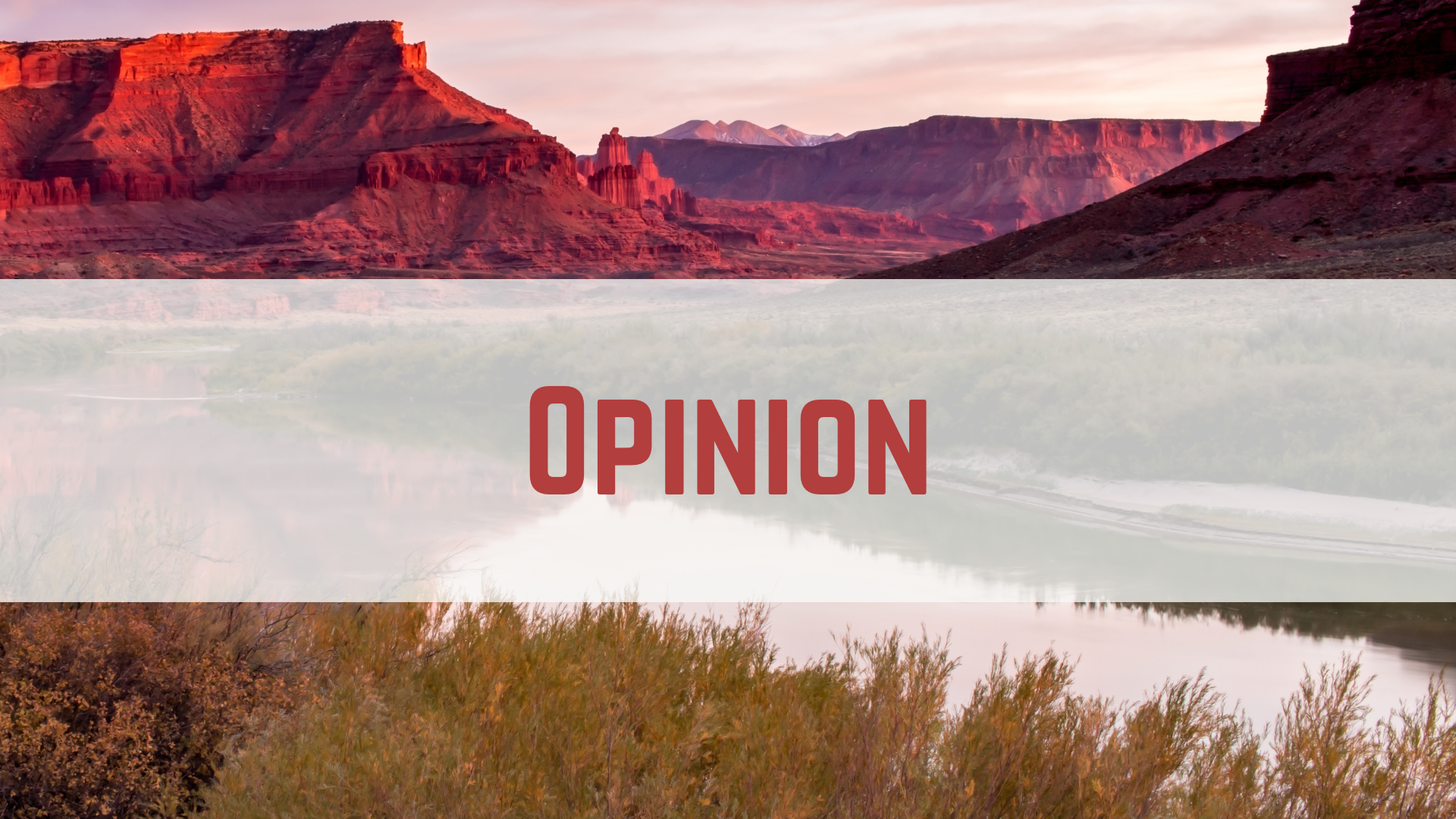Some information may be outdated.
Dear Editor:
Prior to the Bears Ears National Monument (BENM), designated by President Obama using an Executive Order from Hawaii less than one year ago, 92 percent of San Juan County was already under federal management/protection. Much of this land was a “Wilderness Area,” which is the strictest form of land protection an area can have. The Executive Order signed by President Trump did not change that; it restores the same protection that was on the land prior – it does preserve multi-use of this area.
The threats of drilling, development and state land grabs are just scare tactics to sway people. This area is extremely remote and filled with rugged terrain, making it very unlikely that building development and extraction will happen here. For that reason, you’ll note there has been no drilling, nor building over the past 10-plus years in San Juan County, but specifically in the original BENM area.
National monuments limit local land use over time. There has never been a national monument that has allowed people to drive in and cut wood; most do not allow any woodcutting. This is how many people in the county heat their homes. Ninety percent of the Native Americans that are directly affected by this designation use this wood to heat their homes; because many of the San Juan County Native Americans do not have electricity, or cannot afford to use it. Wood has been a critical resource for heat, cooking and survival.
Grazing permits decrease over time or increase in price until people can’t maintain the grazing numbers needed to sustain their families.
We don’t want to become another Moab, where businesses have signs that say, “Please don’t bathe in our sinks.” Our county frequently suffers drought conditions and can barely sustain the population we have. We have also seen, thanks to Moab, what a tourist-based business does to a community; and it is not a favorable economic plan to sustain family living.
Unfortunately, there is nothing in the history of our nation that shows that monuments protect land. All recent research shows that monuments lead to increased visitation, which leads to increased desecration.
The National Park Service (NPS), as of 2014, had $278 million in deferred maintenance (i.e. backlogged debt) just in Utah. Nationally the total backlog for the NPS was $11.4 billion. By 2016, the total amount was $11.9 billion. This is why, despite the BENM area already having the layers of government control needed to protect the area (prior to Obama’s Executive Order), it wasn’t done. The NPS is unable to maintain the national parks and monuments it currently manages, let alone staff a 1.35-million-acre monument and protect it. Designating 1.35 million acres as a national monument does not improve its financial or staffing situation, but makes it worse.
The original monument designation, that occurred less than one year ago, included three-fourths of the gravel pits in San Juan County. These supply 75 percent of the gravel needed for home development/improvement projects and road maintenance. These leases could not be renewed if they were to remain in the monument.
There was also SITLA and some private land included in the original designation. Those areas must be accessible.
San Juan County’s garbage landfill was partly in the original monument. The poorly defined borders made San Juan County residents feel this was a land grab.
The Antiquities Act simply states that designations need to be “the smallest area” possible. In the original 1.35 M acres, important “antiquities” were not scattered throughout that gigantic acreage. It is wiser to focus on a smaller manageable size to protect valuable resources. Antiquities Act designations are not designed to protect night skies, flora and fauna, and biking.
These are some of the reasons San Juan County Native Americans and Anglos did not want a 1.35-million-acre national monument vacation destination for the healthy and the wealthy.
We always welcome tourists. We already have monuments and parks in our county, plenty of them. The national parks and monuments include Monument Valley, Canyonlands, Lake Powell, Natural Bridges and Hovenweep. The state parks include Edge of the Cedars Museum and the Goosenecks of the San Juan River.
San Juan County did not need a gigantic national monument to protect this land. Residents have every intention of being good stewards and practicing conservation strategies. Those living closest to the land are invested in keeping it “pristine,” as former Sec. Jewell described it when she came in 2016.
I hope this letter brings some new insight to this situation. The people of San Juan County are some of the nicest and most knowledgeable stewards you’ll ever meet and I’d encourage you to come visit and talk to them, instead of repeating propaganda without any facts.
We would like to maintain our way of life as the country comes, but visitors are always welcome.
Appreciate the coverage? Help keep local news alive.
Chip in to support the Moab Sun News.


